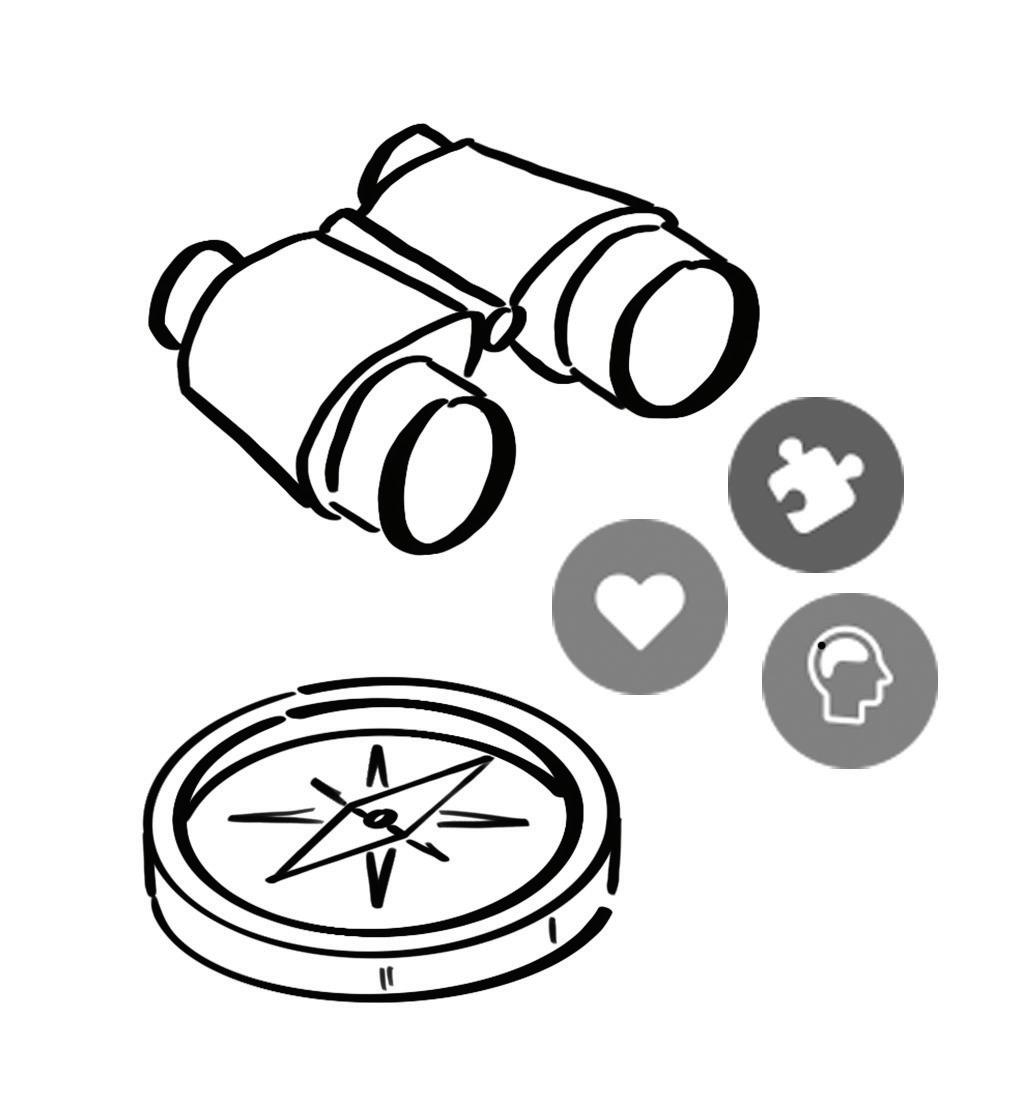
2 minute read
Challenge Scope
After eight months of head scratching, going out on to the land, and holding paradoxes — as well as learning from the multiple research modalities listed above and the community feedback we received in the pre-lab phase — we landed on the scope and direction for Shift Lab 2.0.
The research showed we needed a grounding question that linked everyone involved. The overarching question was:
How might we create anti-racism interventions that acknowledge everyone’s humanity and create behaviour change?
We further narrowed the scope based on consultation with lab mentors and Indigenous elders, and landed on four questions that our teams assembled around:
• How might we reimagine what it means to be a
Treaty person? • How might we create an interactive empathy experience that strives to reduce racist behaviour over time? • How might we create encouraging pathways that help potential allies for racial justice overcome white fragility? • How might we design intervention(s) that de-escalate public displays of overt racist behaviour? Our Working Definition of Racism
Conventional wisdom frames racism as a product of ignorance. According to this framing, the solution is education. While this may be true in some cases, it has been the experience of the Shift Lab participants that this is incomplete and frames the problem as a personal one, rather than as an issue with historic, systemic, cultural, and institutional roots. Additionally, at a time when Canadians are more highly-educated than ever before, racism has metastasized rather than faded away.
We define racism as the individual and systemic manifestation of the uneven distribution of power and prejudice related to culturally-defined ideas of “race,” which is itself a social construction with no grounding in science or biology. We acknowledge that racism is a hotly debated topic — one that is highly political, emotional, deeply individual, but also systemic, anecdotal, and historic. One of the confounding things about racism is that widespread agreement on what it is may differ from how it looked in a particular place and time or how it will look tomorrow. Within Edmonton, the nature of racism is broadly illustrative of racism in Canada and other Western settler-colonial societies generally.
Types of Racism
Author, activist and educator Shelly Tochluk has written extensively about how racism is framed for a majority-white audience. This includes defining racism in four discrete but sometimes overlapping frameworks:
INTERNALIZED RACISM
• Lies within individuals, can result in self-hatred or selfabnegation.
• Private beliefs and biases about race and racism, influenced by culture.
• May be unconscious or psychologically rooted. Often reflects historic, intergenerational trauma.
• Example: self-loathing or hatred of one’s own culture. • Occurs between individuals, can be random and anecdotal in nature.
• Biases that occur when individuals interact with others and their private racial beliefs affect their public interactions.
• Most “visible” form of racism that gets noticed.
• Example: one stranger saying or doing something racist to another.
INSTITUTIONAL RACISM
• Occurs within organizations, institutions and systems of power.
• Unfair policies and discriminatory practices of institutions and systems (schools, workplaces, the criminal justice system, etc.) that routinely produce racially inequitable outcomes for people of color and advantages for white people.
• Example: Segregated workplaces.
INTERPERSONAL RACISM

STRUCTURAL RACISM
• Racial bias among institutions and across society.
• Cumulative and compounding effects of an array of societal factors including the history, culture, ideology, and interactions of institutions and policies.
• Examples: The Indian Act. “Redlining.”









